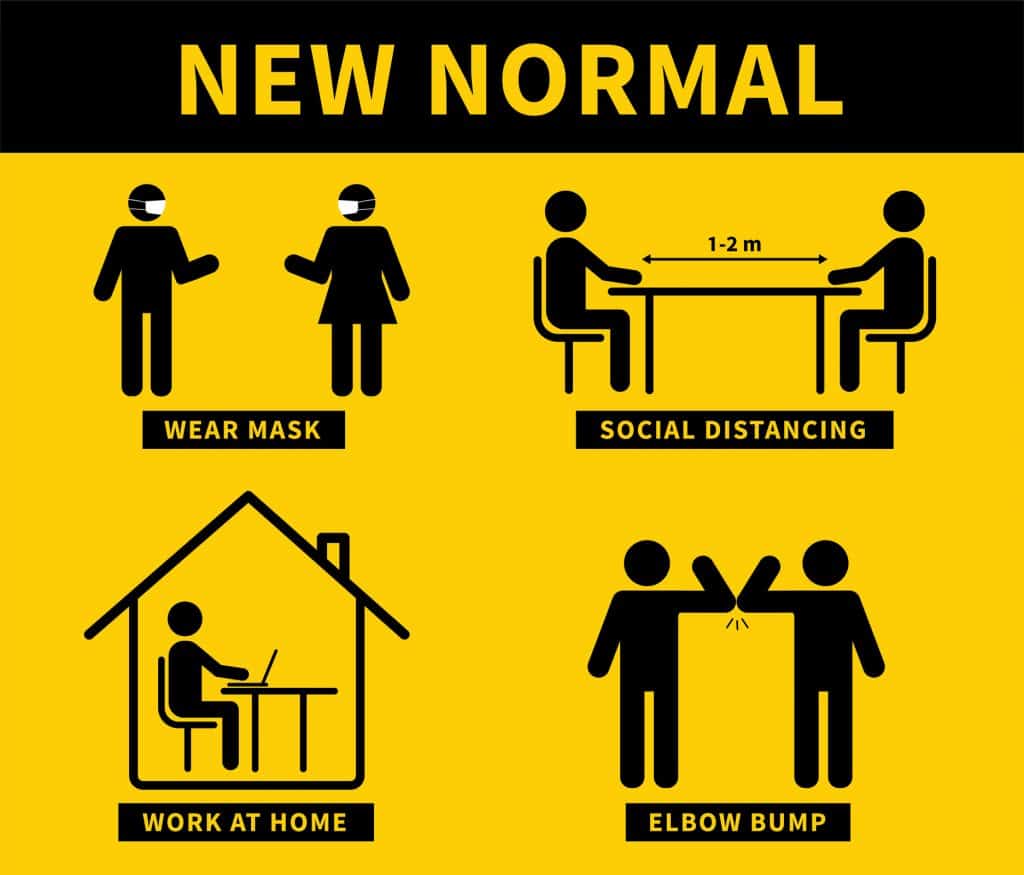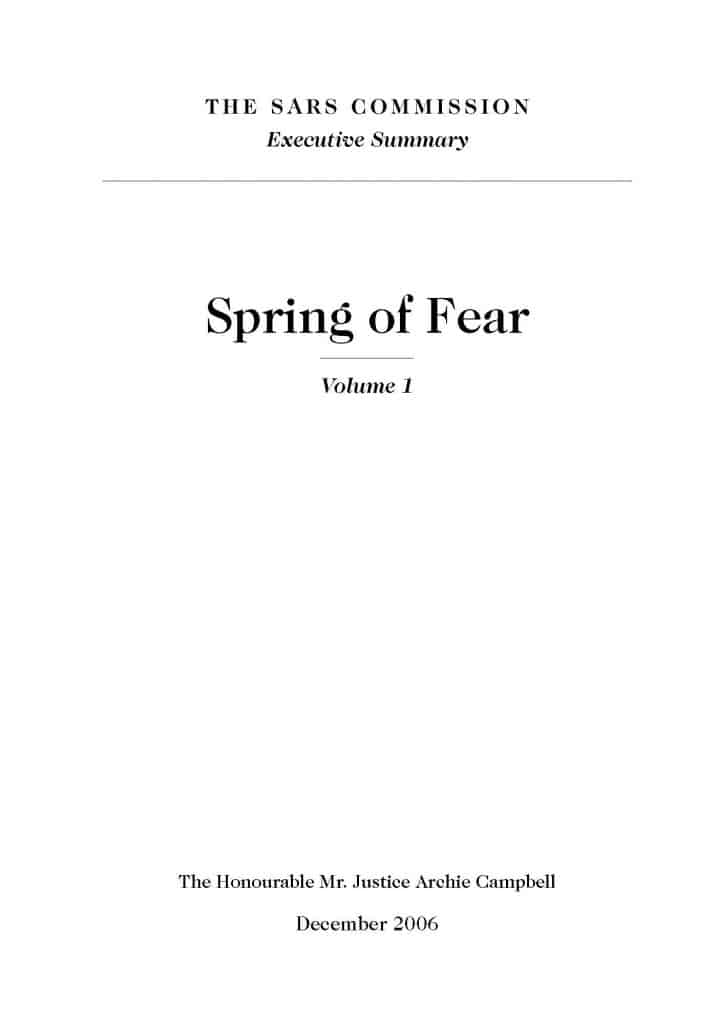
Early last year Professor Andrew Hopkins wrote the following about making important safety decisions:
“If you are a CEO in charge of a large company operating hazardous technologies, you cannot afford to wait for conclusive evidence. You must act on the basis of whatever imperfect knowledge you currently have.”
page 110
This seems relevant to those who have had to make decisions about COVID19 this year. In response to the Hopkins quote, I wrote:
“This applies equally to directors and managers of companies of all sizes. It is hard, it is uncomfortable, but it is part of running a business. It is the application of the “precautionary principle” which, if the precaution proves valid, you are a hero, a visionary and a leader; if it does not happen, you are seen as a doomsayer – a reputational potential that few are willing to risk. However, in terms of OHS and the safety of people, the precautionary principle should be given prominence over reputation for many reasons, for if there is a disaster and fatalities the precautionary principle will be analysed through hindsight and may be influential in arguing reasonable practicability.”
The continuing COVID19 pandemic is a disaster with an horrendous fatality rate and the Precautionary Principle has started to be discussed in academic research about COVID19 and face masks.
The provision of Personal Protective Equipment (PPE) to the general populace in order to reduce the risk of infection transmission continues to be problematic. Challenges have been the provision of PPE, and prioritisation, to healthcare and front line workers. The effectiveness of face masks, The evidence-based need for face masks. The type of face masks, their suitability and fit.
Each of these problems involve a complex web of factors. For instance, the supply of suitable face masks has called into question the stock control process of just-in-time deliveries. Just-in-time only works if the supply line can be maintained and COVID19 closed the major supply line for face masks between China and Australia. (Australia had one manufacturer of face masks) Stockpile levels did not anticipate a sustained pandemic that would require the public to also wear masks. This also raised questions about the capacity of local manufacturing and the political decisions that had created, or failed to stop, the outsourcing of Australian manufacturing to other countries. This type of discussion and argument has happened during increasing exposure and death rates.
Canadian researchers Lauren and Edward Crosby have looked at the precautionary principles in relation to COVID19. Importantly to the Australian experience the researchers use the SARS outbreak of 2002-03 as dry run to COVID19. The analysis of precursor events should be familiar to occupational health and safety (OHS) professionals as they form part of any incident analysis. Such events, such Near Misses, are almost always found.

Canada conducted an inquiry into SARS and the researchers write that Justice Campbell of the SARS Commission:
“…concluded that there was a profound lack of awareness of worker safety and best practices within the health system, and a systemic failure to apply the precautionary principle to limit risks to healthcare workers. The report recommended that the precautionary principle ‘‘be expressly adopted as a guiding principle in health, public health, and worker safety systems’’.
Campbell also advised that, in any future infectious disease crisis, the precautionary principle should be used to guide the development of worker safety policies, practices, and guidelines; that ‘‘communication to staff reflect a precautionary approach, that it is better to err on the side of caution when dealing with a little understood new disease’’; and that ‘‘the health concerns of healthcare workers be taken seriously and in the spirit of the precautionary principle healthcare workers be made to feel safe, even if this means continuing with heightened levels of precautions.’’
Few OHS or healthcare professionals would argue against Justice Campbell. Applying the Precautionary Principle makes sense but it also runs contrary to the evidence-based requirements of companies and governments. Politicians pledge to make decisions based on evidence but as many have pointed out, waiting for evidence before making a decision means that people will die, be they exposed to COVID19, dust, asbestos, violence, stress, overwork, or another of the many work-related hazards. The Precautionary Principle would save many of these lives but it comes up against the claims of limited resources made by companies and government.
(This justification has always been weak and COVID19 has clearly shown this. The Australian Government has been chasing a surplus for years. This has been seen as an indication of sound economic management but it was also being sought at the expense of the poor and vulnerable. (The United Kingdom had a more obvious Age of Austerity) The best example of this was the perpetuation of a Newstart unemployment benefit that was below the poverty line. Several governments insisted this could not be increased but COVID19 revealed the inhumanity of the policy and Newstart was transformed into the Jobkeeper and Jobseeker allowances. The money to provide this funding was always available to any government that would be prepared to accept debt as a valid option, especially when the interest rate on debt is at record levels.
Companies could also solve many OHS issues if the executives were willing to relinquish enormous salary packages and huge profits to invest in the safety and health of their workers. Different from the government situation, many companies would not need to borrow to fund this. A strong argument can be made that reinvestment win the workforce will provide a more sustainable business and over the long term which many shareholders prefer.)
This is the challenge of the Precautionary Principle – it makes enormous sense if one’s aim is to prevent harm, but very little sense to those whose aim is to maximise profit. I am a strong advocate for the Precautionary Principle. It would be hard to find an OHS professional who is not but, at the moment, the politics is unlikely to allow it to be applied. Sadly the Precautionary Principle can sound naive. Lauren and Edward Crosby conclude their paper with:
“All things considered, if there was a take-away lesson from previous pandemics it would be this: the point is not science, but safety. The precautionary principle should be applied by hospital leadership in their approach to pandemic decision-making and healthcare worker safety.
PPE shortages should not be an excuse for healthcare workers not to have access to the maximum level of protection. Until robust scientific evidence becomes available, guidance around PPE use should first, do no harm.”
The Precautionary Principle should be applied broadly as it makes sense ….. to those who value safety over profit or their political careers.
